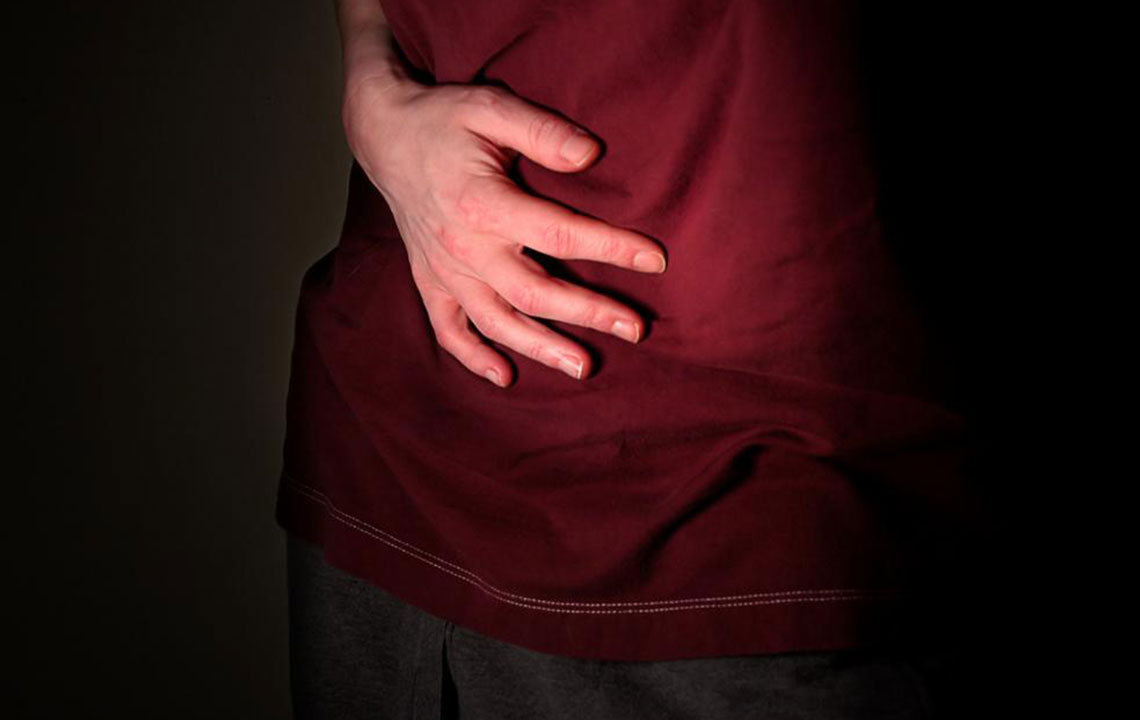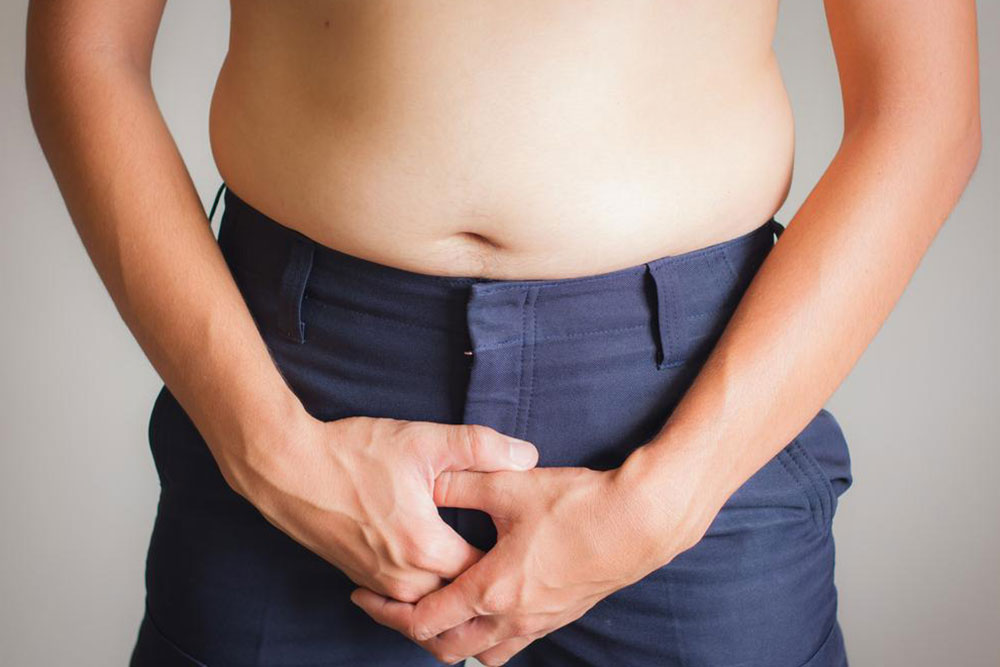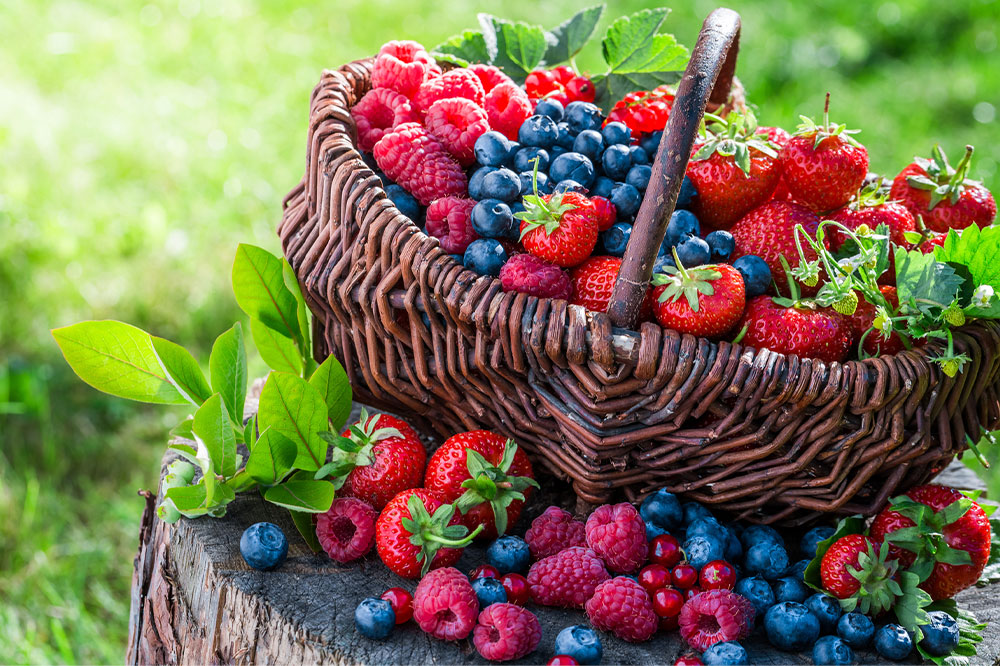Effective Strategies to Manage Overactive Bladder Symptoms
Discover comprehensive strategies for managing overactive bladder, including behavioral therapies, exercises, dietary tips, and surgical options. Early diagnosis and personalized treatment can significantly reduce symptoms and improve quality of life. Learn effective home remedies and lifestyle changes to support bladder health and control urges. This guide provides valuable information for individuals seeking relief from overactive bladder symptoms, emphasizing the importance of medical consultation for tailored treatment plans.

Effective Strategies to Manage Overactive Bladder Symptoms
An overactive bladder causes an intense, uncontrollable need to urinate, leading to possible accidental leaks during activities like coughing or sneezing. This condition stems from involuntary bladder muscle contractions. Factors such as genetics, obesity, severe illnesses, infections, and multiple pregnancies can increase the chance of developing an overactive bladder.
Various treatments are available to manage symptoms effectively. Early diagnosis allows targeted therapy, such as antibiotics for urinary infections or estrogen creams for urethritis atrophic changes.
Here are some approaches to alleviate overactive bladder symptoms:
Behavioral modification
This method involves changing daily habits and environments to improve bladder control. Bladder training educates patients about overactive bladder effects and sets routines for urination. The aim is to stretch bladder capacity, reducing urgency and frequency.
Pelvic floor exercises
Strengthening pelvic muscles through daily exercises enhances urinary control. Improved muscle strength supports better function of the urethral sphincter, leading to reduced leaks.
Biofeedback therapy
Biofeedback uses electrodes to help patients learn to control bladder and pelvic muscles. This technique, combined with Kegel exercises, improves muscle coordination and reduces symptoms in many patients.
Dietary adjustments
Avoiding caffeine, alcohol, spicy foods, nuts, chocolates, and carbonated drinks can decrease bladder irritation. Incorporating high-fiber foods and drinking sufficient fluids helps prevent constipation and reduces pressure on the bladder.
Surgical options
Surgery is reserved for severe cases. Procedures aim to increase bladder capacity or divert urine flow. Examples include bladder augmentation or bladder removal with creation of a new reservoir or a stoma with a collection bag.
Bladder enlargement surgery
Used when other treatments fail, this surgery enlarges the bladder, possibly requiring intermittent catheterization.
Bladder removal
Performed as a last resort, removing the bladder and replacing it with a synthetic or taken tissue (neobladder) or creating an external opening (stoma) for urine collection.
Home remedies and diet can also support bladder health:
Eating fruits like bananas, apples, grapes, watermelons, and berries, plus vegetables such as broccoli, carrots, and leafy greens, boosts fiber intake and reduces pressure on the bladder.
Using corn silk (Zea mays) may strengthen urinary tract membranes, helping prevent urgency.
Pumpkin seeds rich in omega-3s possess anti-inflammatory properties, supporting normal urinary function.
Drinks such as water, soy milk, cranberry juice, or diluted fruit juices are bladder-friendly options.
Smoking irritates bladder muscles and can worsen symptoms; avoiding it is advisable.
Disposable pads can help manage minor leaks and keep users dry.
In summary, personalized treatment plans are essential since symptoms vary. Behavioral therapies require patient commitment, and some methods may not offer permanent solutions. Concurrent medications or health conditions might influence treatment success, especially in dementia or mobility-impaired patients.










